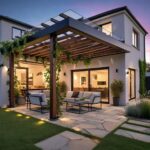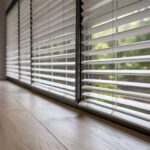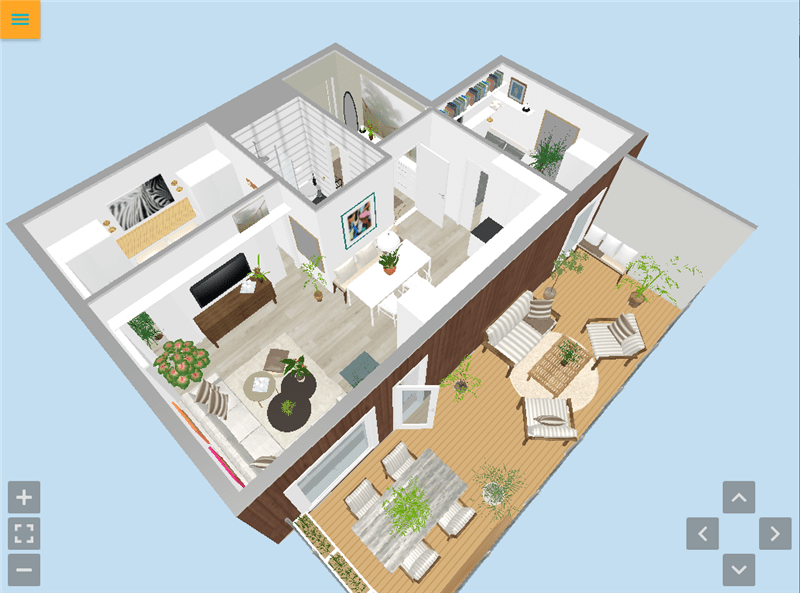Introduction
Is there an all-too-frequent clutter of tools and outdoor equipment crowding your garage? Or perhaps you’ve been dreaming about keeping chickens and need a quaint farmhouse-style roost? Whatever your motivation, a farm shed can be a versatile and helpful addition to your property. But where do you start when it comes to choosing the right materials and design? Can you achieve durability without sacrificing aesthetic appeal or breaking your budget? Importantly, how do you ensure the shed fits seamlessly into your property’s look and purpose? In this enlightening post, we’ll explore all these facets to help you construct a farm shed that’s built to last.
Choosing wisely will not only enhance the functionality of the shed but ensure it blends beautifully with the surroundings. Specific design considerations and material selection can spell the difference between a short-lived structure and a legacy piece. In the blog that follows, we aim to translate this complex process into plain English, helping you make informed decisions every step of the way.
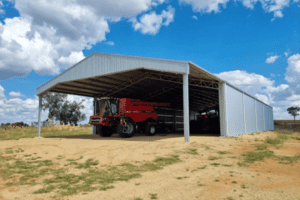
We will dive into the world of farm sheds, discussing everything from design principles and practical considerations to style influences and ethics of material choice. We’ll ponder over the pros and cons of various materials, debate traditional vs modern designs, inspect the impacts of weather and site location, and much more. Ultimately, this guide will serve as your companion in navigating the multiple avenues involved in erecting a durable, attractive, and fit-for-purpose farm shed.
Understanding the Need For A Farm Shed
The first question you need to ask yourself is – ‘why do I need a farm shed?’ This is not about justifying your want for a shed but understanding the function it would serve. Is it for tool storage, providing shelter for your livestock, or perhaps a quiet spot in the bustle of home life? Once you’ve determined its core purpose, you can make better-informed decisions about the design and materials needed.
Choosing the right materials and design is more than about longevity—it’s about cohesiveness and efficiency. Your shed should not stick out like a monolith on your property but blend into its natural and built environment. At the same time, it should efficiently fulfil its intended purpose, creating a space that is functional and welcoming.
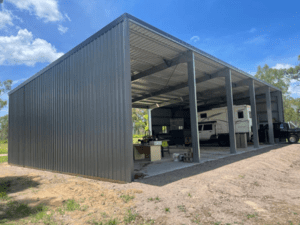
Lastly, consider the local climate and your geographic location. These factors will significantly influence your material choices you make as certain materials fare better in specific conditions.
The Right Material For Your Farm shed
The selection of shed material often relies on budget, aesthetic preferences, and environmental factors. Wood, metal, and plastics each have their unique advantages and drawbacks.
Unless you’re looking for a rustic appeal, wooden sheds might not be the best choice for extreme climates or high-maintenance. On the other hand, metal and plastic options promise longevity and easy upkeep but can feel less personal.
Aesthetically Pleasing & Functional Designs
Designing for aesthetic appeal and functionality is a game of balance. Functionality is undeniably essential, but a well-designed farm sheds goes beyond that. Shed designs run the gamut from traditional gabled barns to modern, minimalist structures. Your choice should incorporate your personal style and the character of the surrounding landscape, all while meeting your unique needs.
Site Planning and Preparation
The importance of meticulous site planning cannot be overstated. The right location on your property, prepped correctly, will extend your shed’s lifespan and functionality.
Quality Over Cost
Consistently, the ratio of spend-to-lifespan reveals that investing in higher-quality materials and thoughtful design pays over time. It’s not about the initial financial outlay. Instead, think of it as securing a long-term investment.
Environmental Considerations
Choosing sustainable materials and designs not only aids in environmental conservation but can also lead to efficiency and durability. Natural light access, solar heat absorption, rainwater harvesting are all facets deserving of attention.
Conclusion
Choosing the right materials and designs for your farm shed is a process that extends beyond simple aesthetics. It’s a careful consideration of the purpose it serves, space where it resides, the climatic and geographical factors influencing its wellbeing, and the personal aesthetic expression it allows. By paying attention to these aspects, you’ll create a long-lasting, durable farm shed that seamlessly blends into its surroundings, meeting both your practical needs and style aspirations. In essence, it’s an exercise in thoughtfulness—making decisions that balance purpose and style while considering long-term durability, environmental impact, and site appropriateness. With the right blend of all these elements, you’ll have a farm shed that is more than just a storage solution — it’s a testament to the art of thoughtful and responsible designing.
About the Author

-
Welcome to A HomedesignMag! I'm Nancy, a content writer and blog post creator. I share my experience with different homedesign tools and techniques on the blog!
contact us at:
Latest entries
 UncategorizedOctober 15, 2024Timeless Beauty of Mahogany
UncategorizedOctober 15, 2024Timeless Beauty of Mahogany OutdoorsOctober 13, 2024Patio Perfection: 9 Awe-Inspiring Roof Extension Ideas to Add Charm
OutdoorsOctober 13, 2024Patio Perfection: 9 Awe-Inspiring Roof Extension Ideas to Add Charm WindowsAugust 13, 2024Elevating Interiors with Kirsch Sliding Door Blinds
WindowsAugust 13, 2024Elevating Interiors with Kirsch Sliding Door Blinds BathroomAugust 11, 2024Designing Showers with Mosaic Tiles
BathroomAugust 11, 2024Designing Showers with Mosaic Tiles


